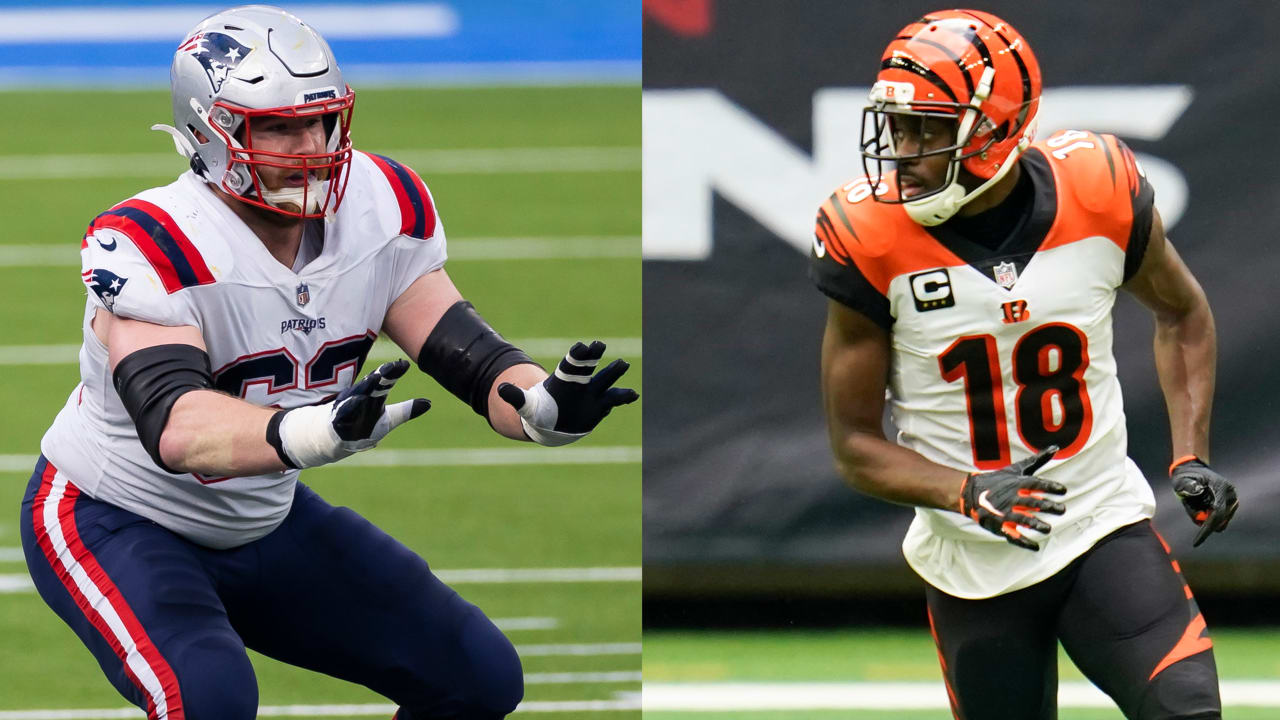
Nelson Agholor to the Patriots: Desperation appears to have driven Agholor’s price up. Again, I’d rather have Fuller or Smith-Schuster, who have both performed at a higher level for longer.
Leonard Floyd returning to the Rams: The Rams bought low on Floyd last season, and it worked out great. They doubled down this year on a four-year, $64 million contract, more than half of which is guaranteed. Floyd essentially got top-of-the-market money despite assembling an uneven career before landing next to Aaron Donald in defensive coordinator Brandon Staley’s scheme.
Floyd wound up getting more guaranteed money ($32.5 million) than Carl Lawson ($30 million), Romeo Okwara ($25 million), Matt Judon ($32 million) and Yannick Ngakoue ($26 million). Staley’s departure from the Rams for the Chargers’ head coaching job is part of my issue here. Floyd may look different in a different scheme, and the Rams need Floyd to repeat his 2020 campaign to be worthy of this big of a raise.
Cameron Erving to the Panthers: Erving, a journeyman, getting $8 million guaranteed from the Panthers was one of those contracts that looked bad on Day 1 of free agency and looks even worse after a week.
The Jaguars’ mid-level deals: Players near the top of the market mostly secured their usual money, but there wasn’t a robust middle class of veteran contracts this offseason — unless you happened to sign with the Jaguars. Defensive lineman Roy Robertson-Harris (three years, $23.4 million), wide receiver Marvin Jones (two years, $12.5 million) and safety Rayshawn Jenkins (four years, $35 million) all went for surprisingly high prices. If there was one team that appeared ready to overspend this offseason, it was the Jaguars.
A.J. Green to the Cardinals: Watching Green’s decline in Cincinnati was a downer. One of the most fluid athletes I’ve ever seen, Green hasn’t looked like his best self since 2017. That trend could always reverse in the desert, but paying $6 million for that hope for a 33-year-old was a surprise.
